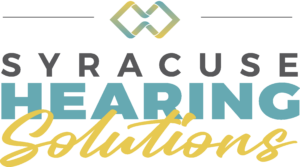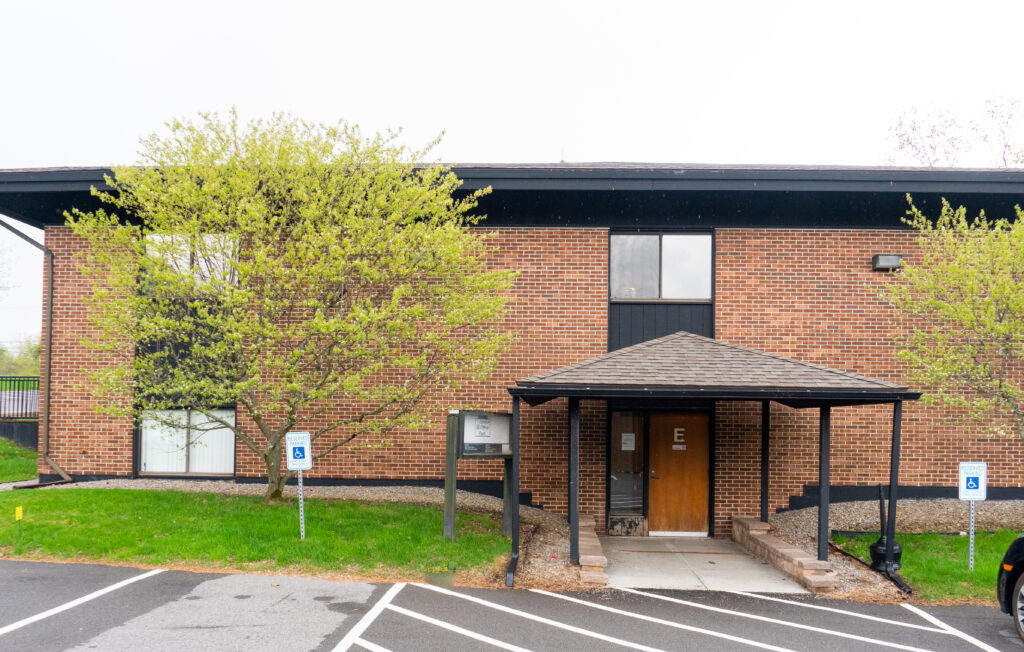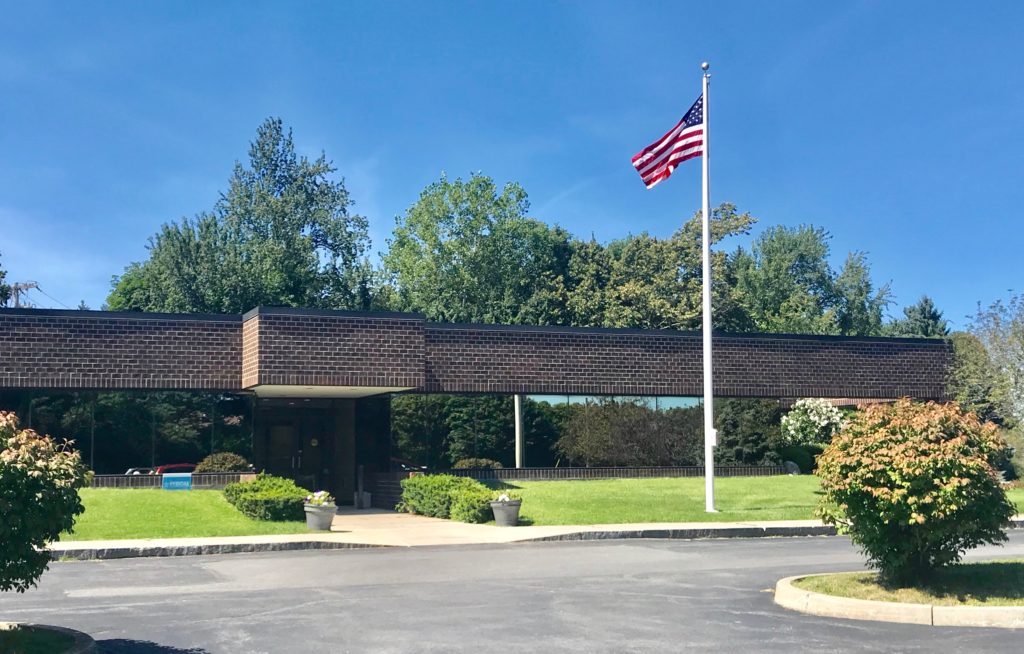Auditory Brainstem Response Testing and Otoacoustic Emissions Testing
Unsedated Auditory Brainstem Response (ABR) Testing
ABRs are used to test the integrity of the auditory pathway by measuring the hearing nerves’ responses to sound. ABR waveforms represent responses from the cochlear nerve and lower brainstem.
ABRs became a standard hearing-screening tool in the 1980’s and is used in many hospitals to screen hearing in newborn infants before discharge. It can also be tested in naturally sleeping infants, resting children, and adults who may not be able to respond during behavioral hearing testing.
The test procedure is painless and noninvasive.
Hearing Threshold Testing
We can test frequency-specific, air and bone conducted stimuli using new, state-of-the-art 2-channel ABR equipment in sleeping infants to adults.
ABR threshold relates well to behavioral threshold (10 to 20 dB in the high frequencies).
The test may take about an hour for a sleeping infant and sometimes multiple visits due to infant natural sleep habits and approximately 30 minutes for an adult.
ABRs can be used if malingering is suspected.
Neurodiagnostic Testing
ABRs can be used as a screening tool for vestibular schwannomas (acoustic neuromas). Specificity is around 87%-94% for acoustic neuromas around 1 cm in size and a false-negative rate of about 4%. It may be requested by a physician when there is a suspicion due to an asymmetric sensorineural hearing loss.
- To be used when there is a medical contraindication for MRIs.
- ABRs are ⅛ the cost of MRI scan.
- Can be utilized when patients have fear of closed spaces.
Otoacoustic Emissions (OAE) Testing
Otoacoustic Emissions (OAEs) are used to test the integrity/motility of the outer hair cells (OHC) in the cochlea. They are a test of function or site of lesion, and not an exact measure of hearing. They typically do not occur in hearing loss of about 30 dB or greater and they can be affected by the status of the middle ear.
The clinical utility of OAEs have been well documented in the following areas:
- Newborn hearing screening – quick, effective, inexpensive means to evaluate outer hair cell function in newborns
- Ototoxicity – OAEs can be used to monitor the negative effects of ototoxic medications before they show up on the audiogram.
- Tinnitus – OAEs may be abnormal in the frequency region of the tinnitus, indicating possible cochlear damage.
- Noise induced hearing loss – OAEs can be used to document OHC damage due to occupational or recreational noise exposure. The damage will show on DPOAEs before they show on an audiogram.
- Auditory Neuropathy – OAEs can be used with ABR testing to locate site of lesion (normal cochlear function with abnormal eighth nerve or brainstem function). Can also raise red flags regarding use of amplification.
- Suspect Malingering – OAEs can be used to confirm possible hearing loss if behavioral test results are inconclusive, inconsistent, or unreliable.

Auditory Processing Disorder (APD) Evaluations
Auditory Processing Disorder (APD) is a condition where the sounds registered by the ear are not processed correctly by the brain. People with APD have trouble deciphering noises from background noises, hearing subtle differences in sound within spoken words, or difficulty making sense of the order in which verbal sounds are heard. As a result, sufferers have trouble listening, processing, and remembering language-related sounds.
APD tends to be identified in childhood and typically presents as some of the following symptoms:
- Having trouble remembering and understanding spoken directions or explanations.
- Difficulty following a series of instructions.
- Trouble understanding rapid speech or complex sentences.
- Delayed understanding of spoken language, delays in expressing ideas and comments.
- Misspelling or confusing similar-sounding words.
- Easily distracted by background noise.
- Trouble staying focused on and remembering spoken presentations or lectures.
- Prolonged difficulty learning to read and write.
Many of the symptoms of APD can affect learning abilities in school. A thorough evaluation by our Doctors of Audiology can help clarify the source of the problem. We offer complete APD evaluations, education, and suggest treatment options. Earliest recommended age of evaluation is 7 years of age.
Contact us today to learn how we can help.


